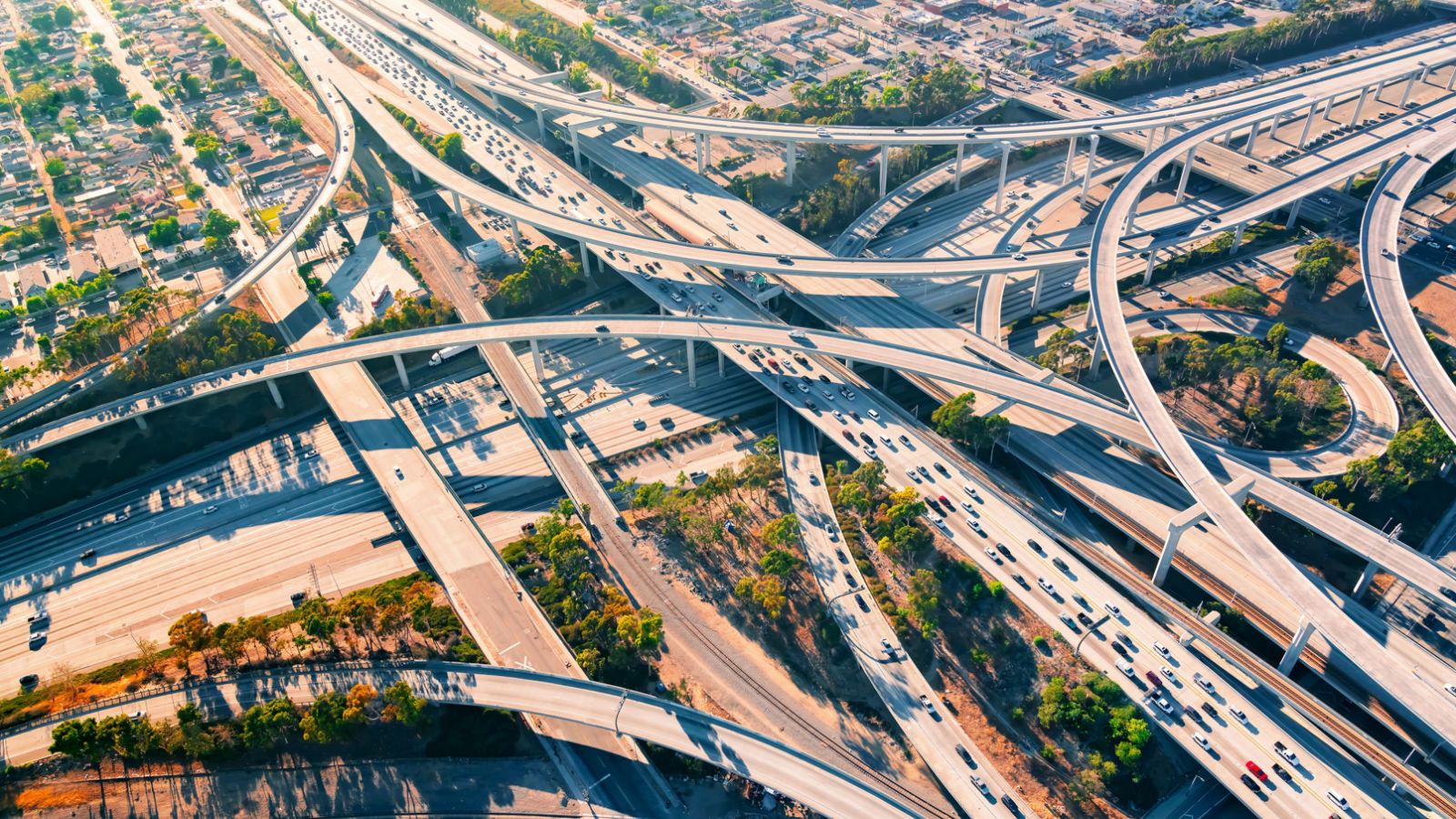Despite the EPA’s efforts, many cities around the U.S. still put people’s respiratory health at risk. For those who fancy a vacation to North America, we’ve compiled a list of cities with some of the highest levels of air pollution that you should avoid if you have certain medical conditions or simply prefer to be cautious.
Fresno, California
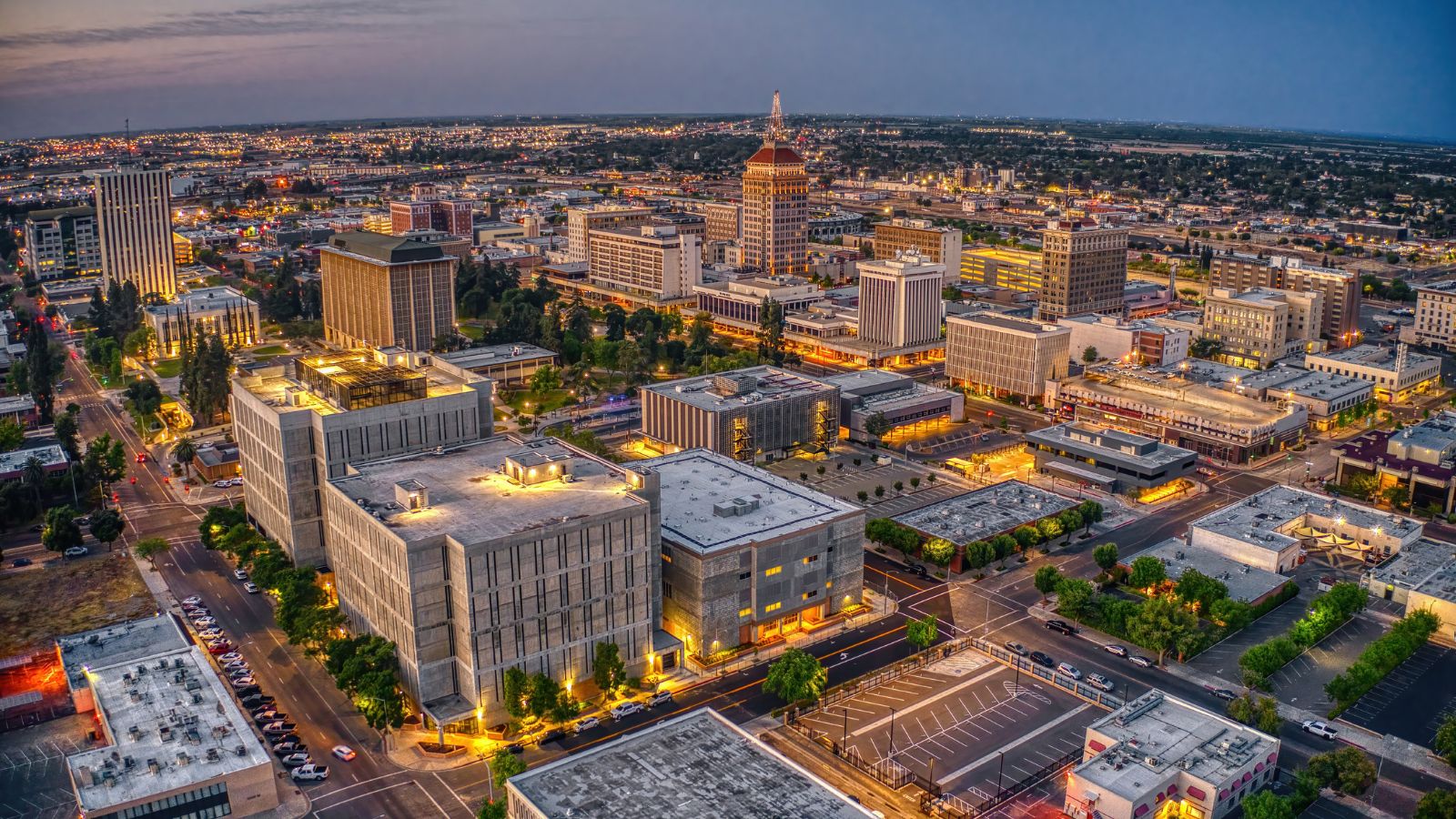
Fresno is affected by pollution from agricultural activities and vehicle emissions. The city’s limited rainfall increases the concentration of pollutant matter. In addition, Fresno’s frequent temperature inversion problems keep pollutants trapped closer to the ground for longer periods too.
Phoenix, Arizona

Arizona residents experience dust storms, which contribute to particulate matter, and they also destroy their own air through vehicle emissions and industrial activities. Factors like dirt roads and construction work are also at play here, and the intensely hot climate of Arizona makes its ozone pollution a whole lot worse.
San Bernardino, California
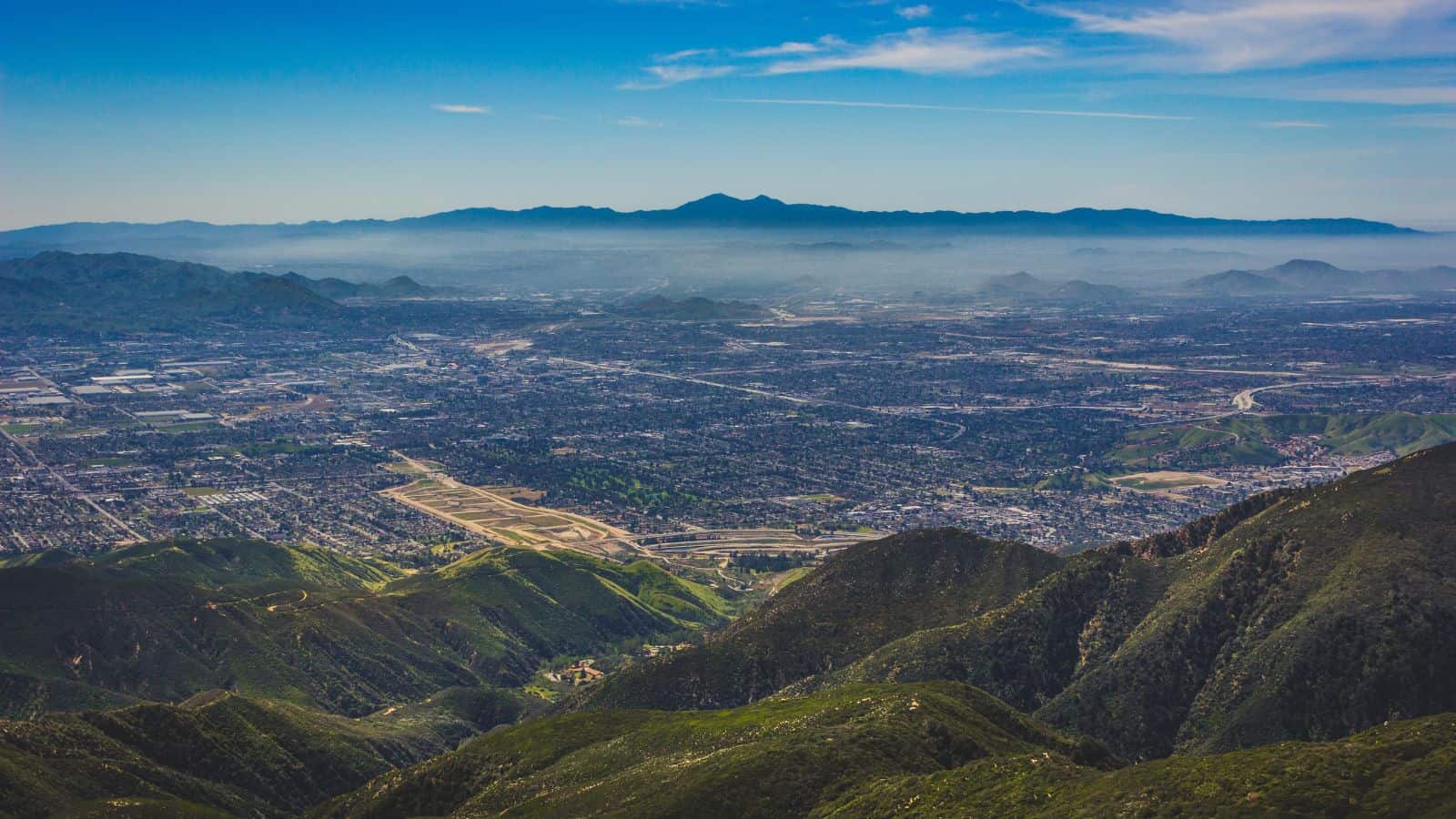
The California Air Resources Board reveals that the air quality in San Bernadino is majorly affected by railyards and freight activities in warehouses. The city also experiences frequent temperature inversions, which worsen its particulate pollution. In 2020, 20% of days were said to have unhealthy air quality levels.
Houston, Texas
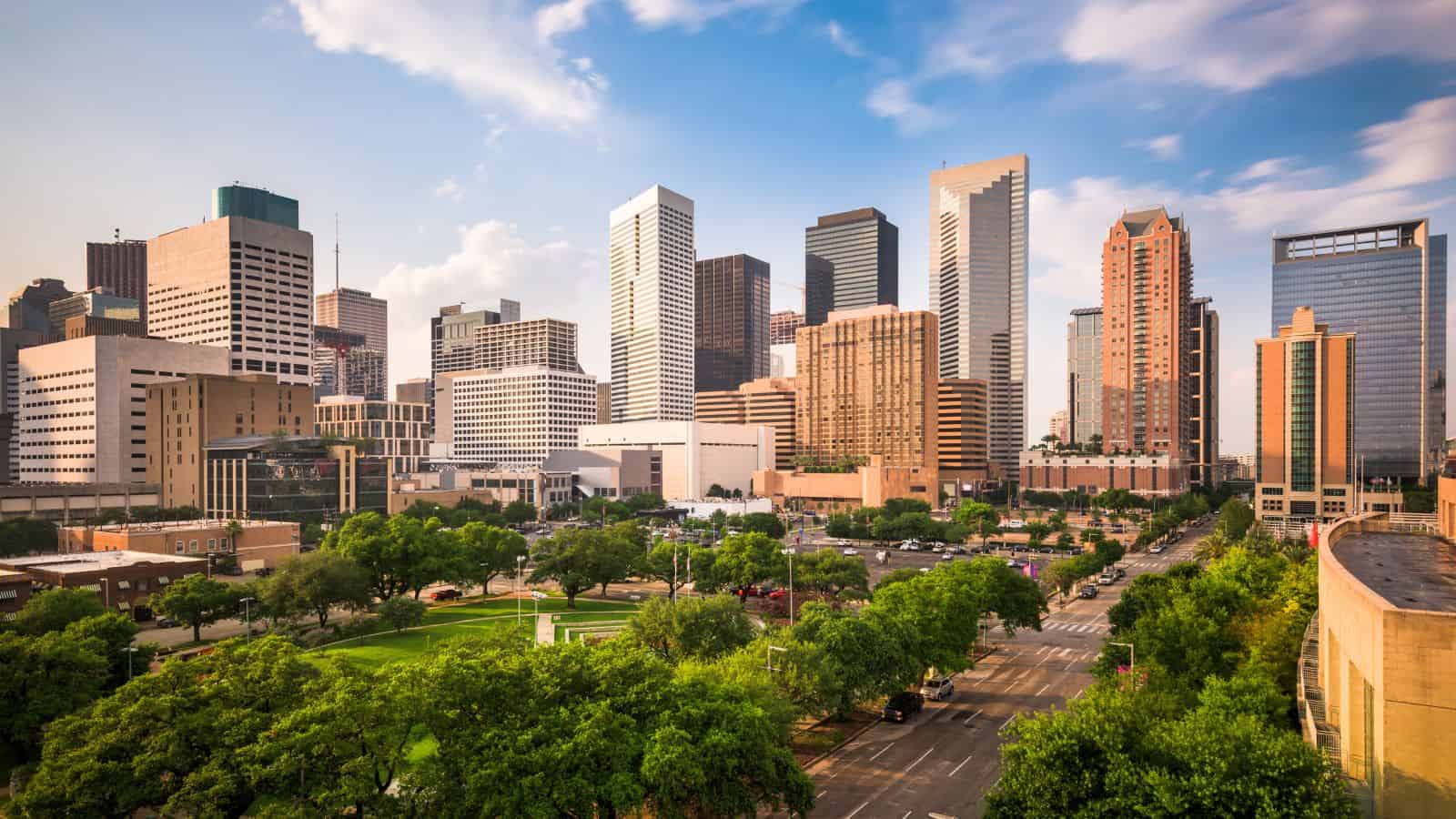
Houston is an American petrochemical hotspot (oil and gas are its largest industries), and this spells trouble. Activities in this industry have contributed largely to its ozone pollution and depletion. Vehicular emissions, alongside the city’s subtropical climate, don’t make matters any better.
Dallas-Fort Worth, Texas

The pollution in the Dallas-Fort Worth area is so bad that residents experience up to 106 days of unhealthy air quality per year. The city is a victim of its rapid urban growth, as industrial activities and vehicle emissions have kept it outside EPA safety limits since 1996.
Las Vegas, Nevada
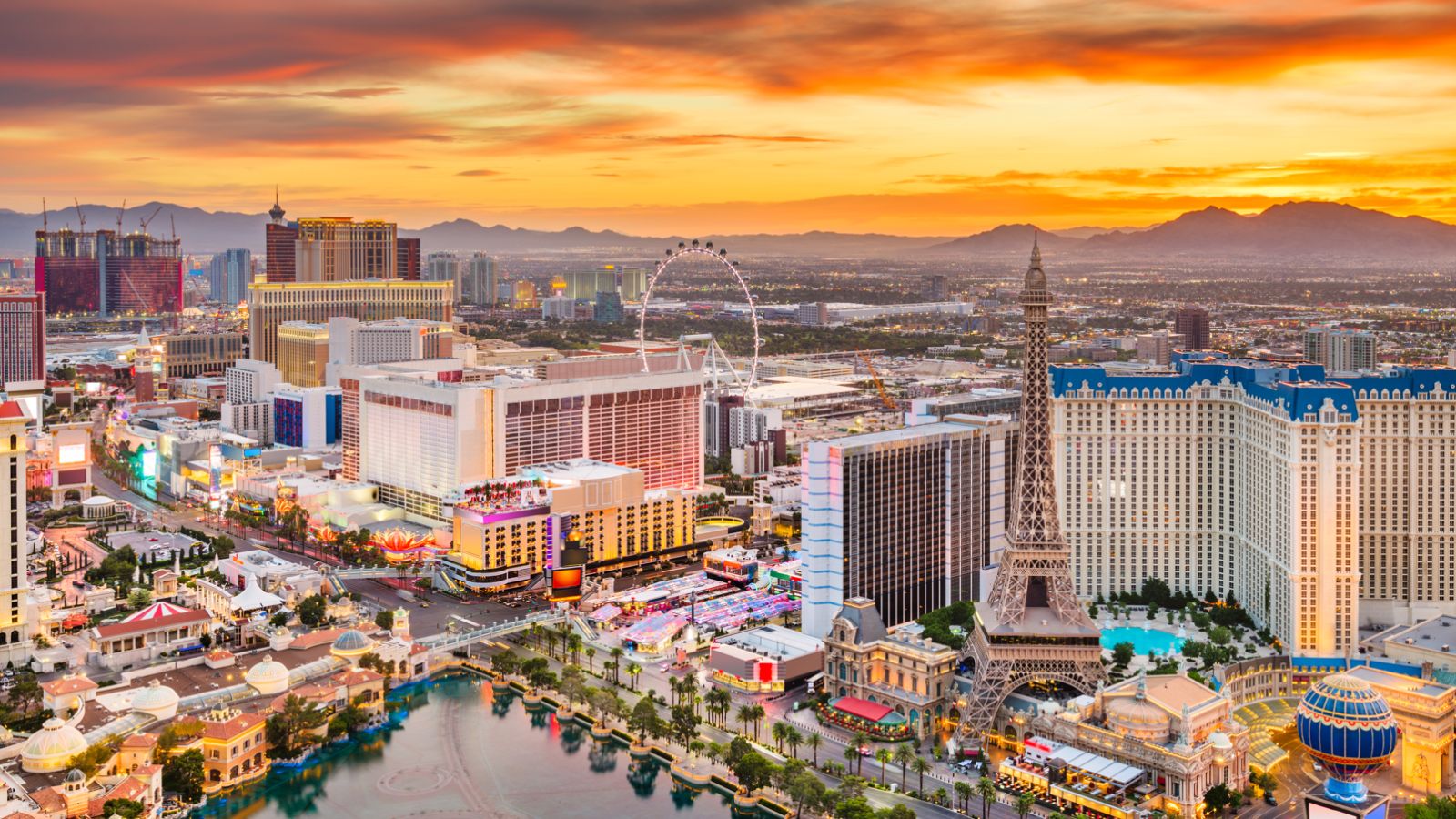
Las Vegas has constant population growth, which means that its ozone levels have also been constantly (and increasingly) battered by related industrial and vehicular activities. Factors like the city’s minimal rainfall, sparse vegetation, and high temperatures contribute to its poor air quality.
Pittsburgh, Pennsylvania
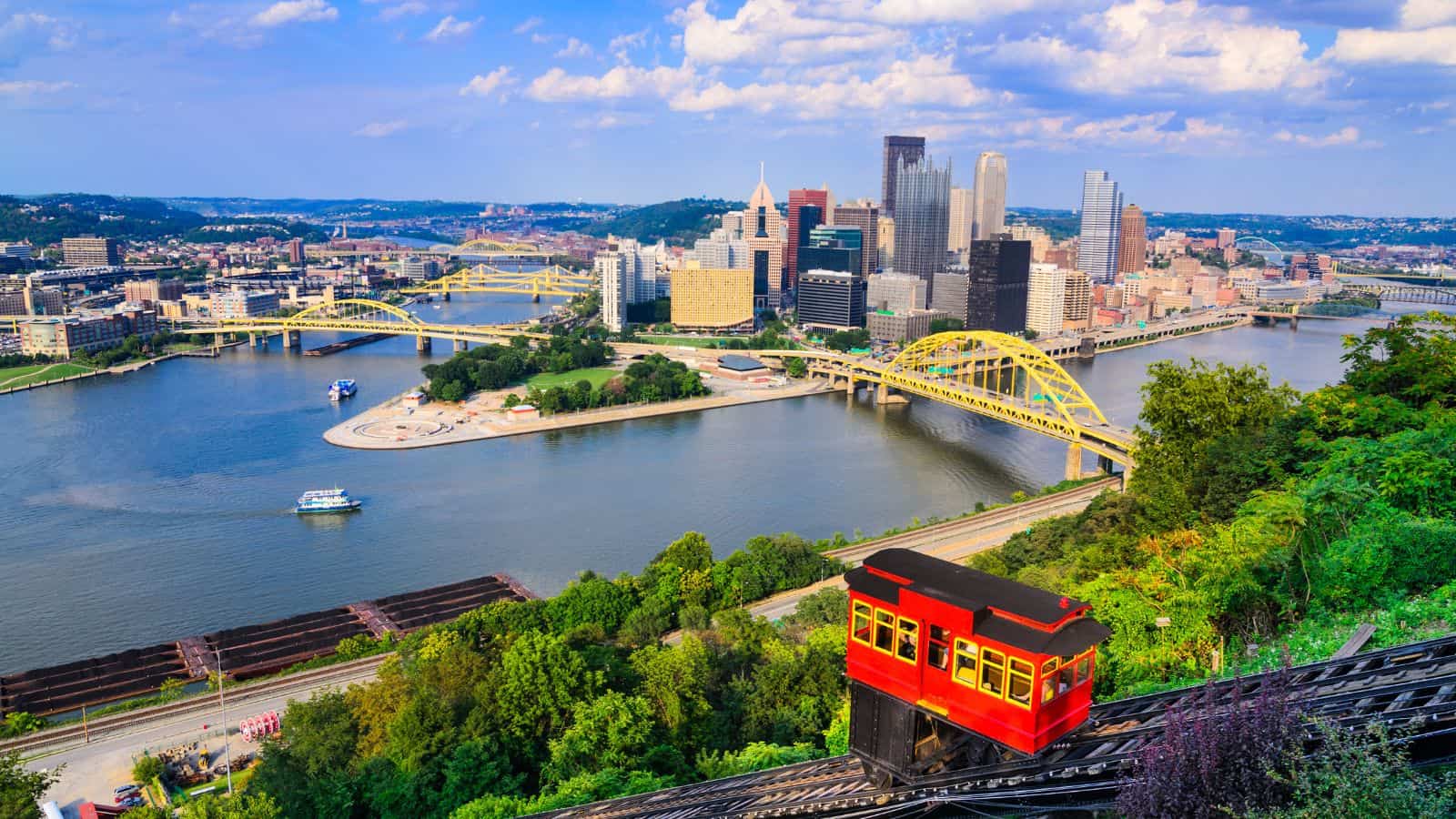
Pittusburgh’s steel industry has been its downfall when it comes to air quality. This is so much so that, according to Yale, the city’s atmosphere got so bad in 2022 that its steel manufacturing center got the nickname “City of Smoke.” It’s one of the worst places to live if you have respiratory health conditions.
Los Angeles California
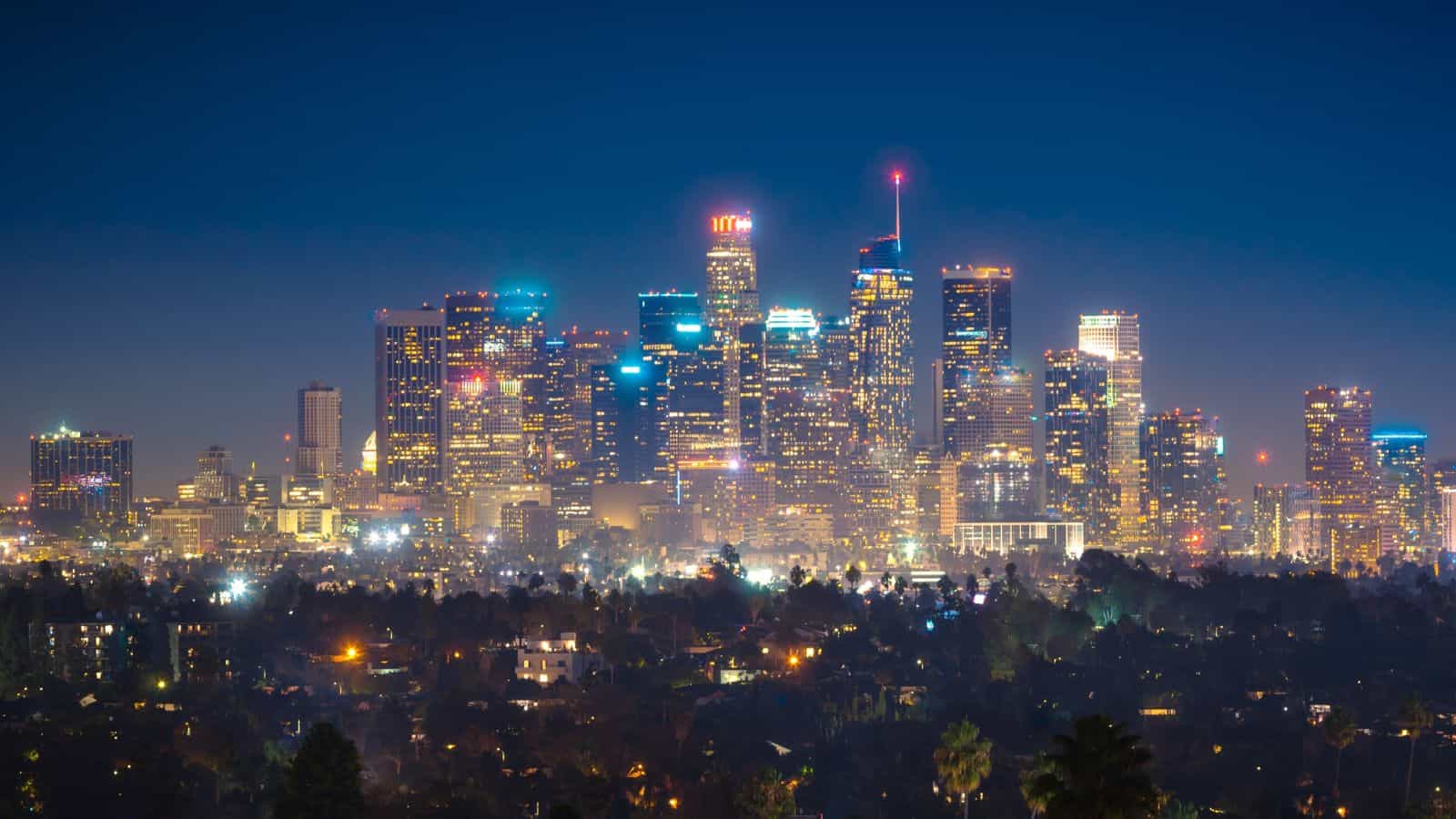
The high level of vehicular emissions and industrial activities has contributed greatly to Los Angeles’ ozone pollution. Wildfires are also major concerns in LA, and residents shouldn’t be surprised to receive frequent warnings about dangerous, health-damaging smog approaching.
Modesto, California
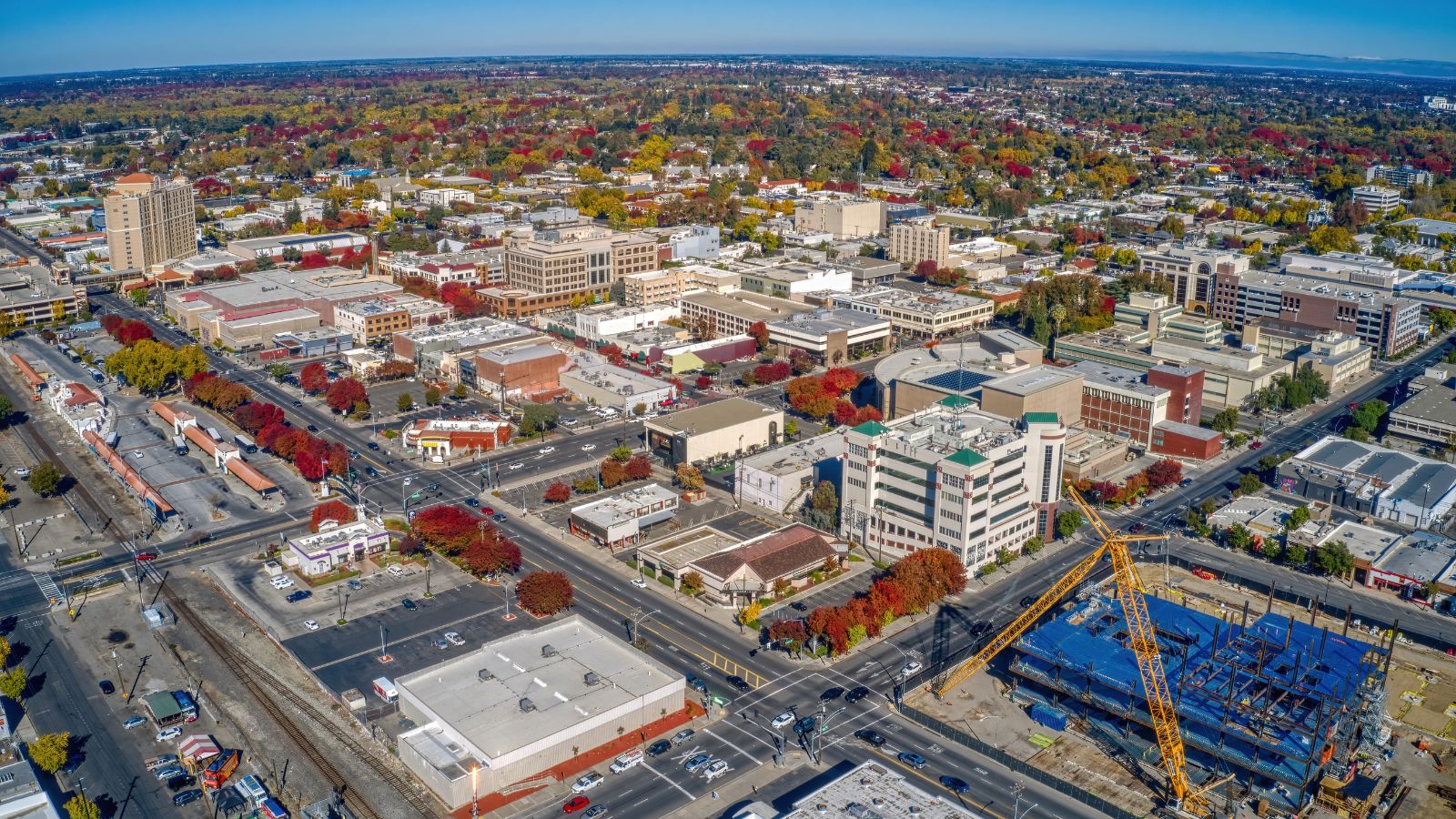
California’s Modesto is said to be generally safe for regular individuals, but sensitive groups like people with lung disease, the elderly, and pregnant women may develop complications from long-term exposure. Modesto’s air quality typically starts deteriorating around October and is at its worst during winter.
Sacramento, California

Our fifth city in California, Sacramento, is a victim of thermal inversions and unfavorable wind patterns, which contribute to its agriculture-related particulate pollution. The mountains surrounding the city make this pollution even worse, and there have been episodes that were so bad that schools had to be shut down.
Denver, Colorado
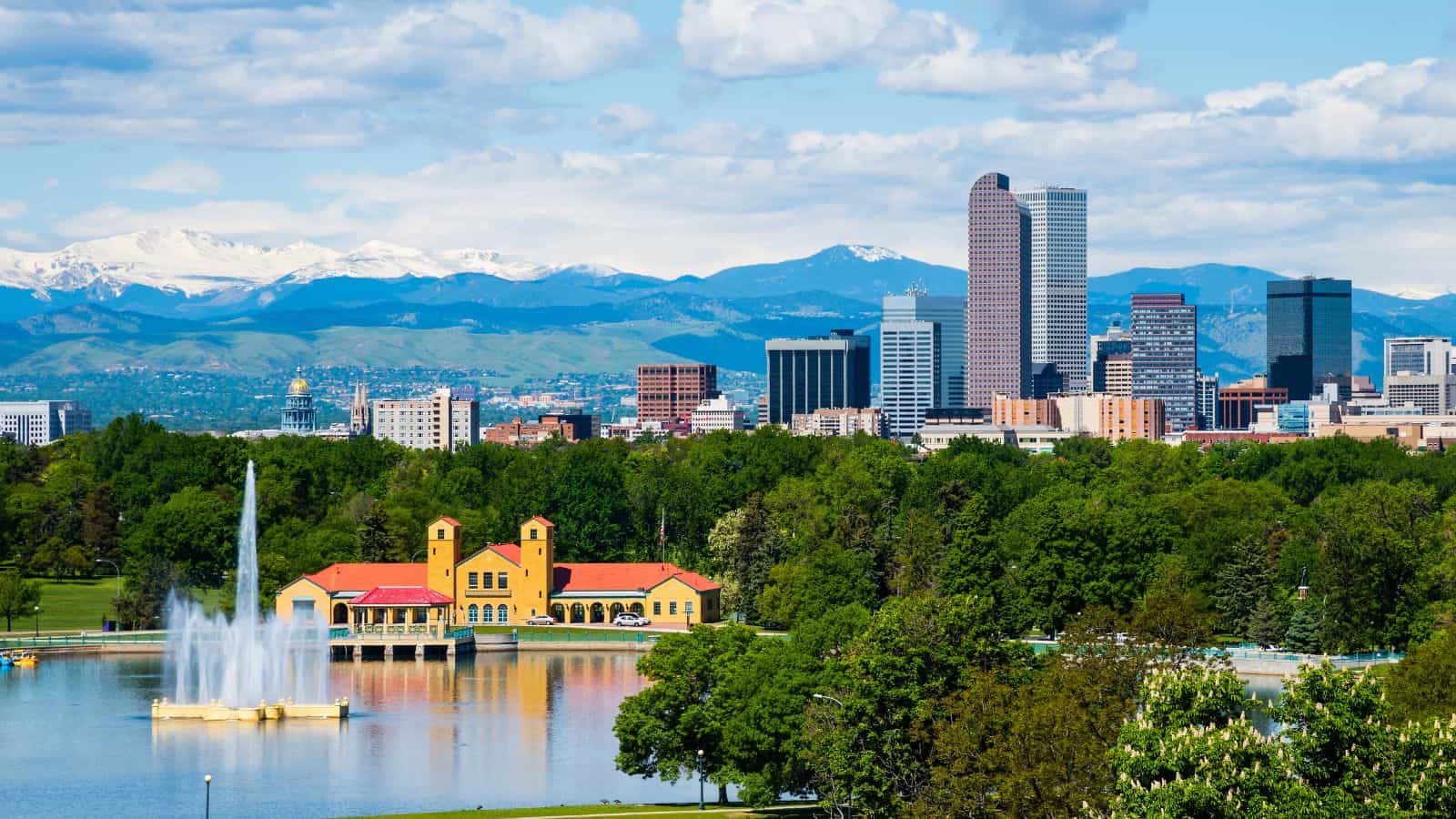
The NOAA tells us that “Denver has some known, large sources of air pollution that are outside the city boundaries, like agriculture, oil and gas production, and wildfires.” The city’s residents are equally exposed to pollutants from these activities, and its rapid urban growth means this won’t change anytime soon.
Salt Lake City, Utah
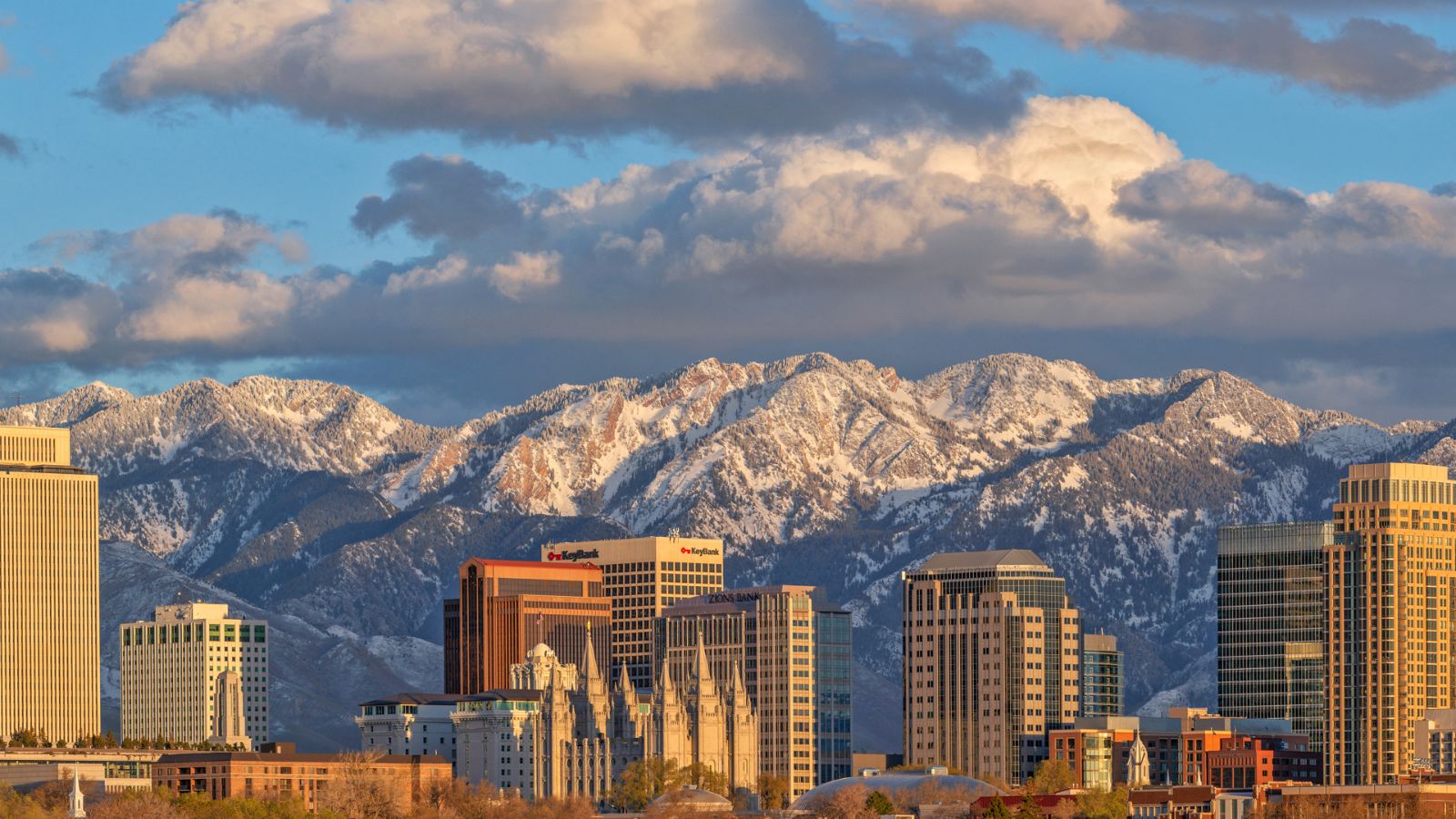
Even though Utah has laws banning coal and wooden stoves, there are still many days when Salt Lake City’s air quality is pretty bad. This can be harmful to sensitive groups like children, the elderly, and people with lung and heart diseases. It gets worse during the winter when there are typically inversions trapping pollutants.
Chicago, Illinois
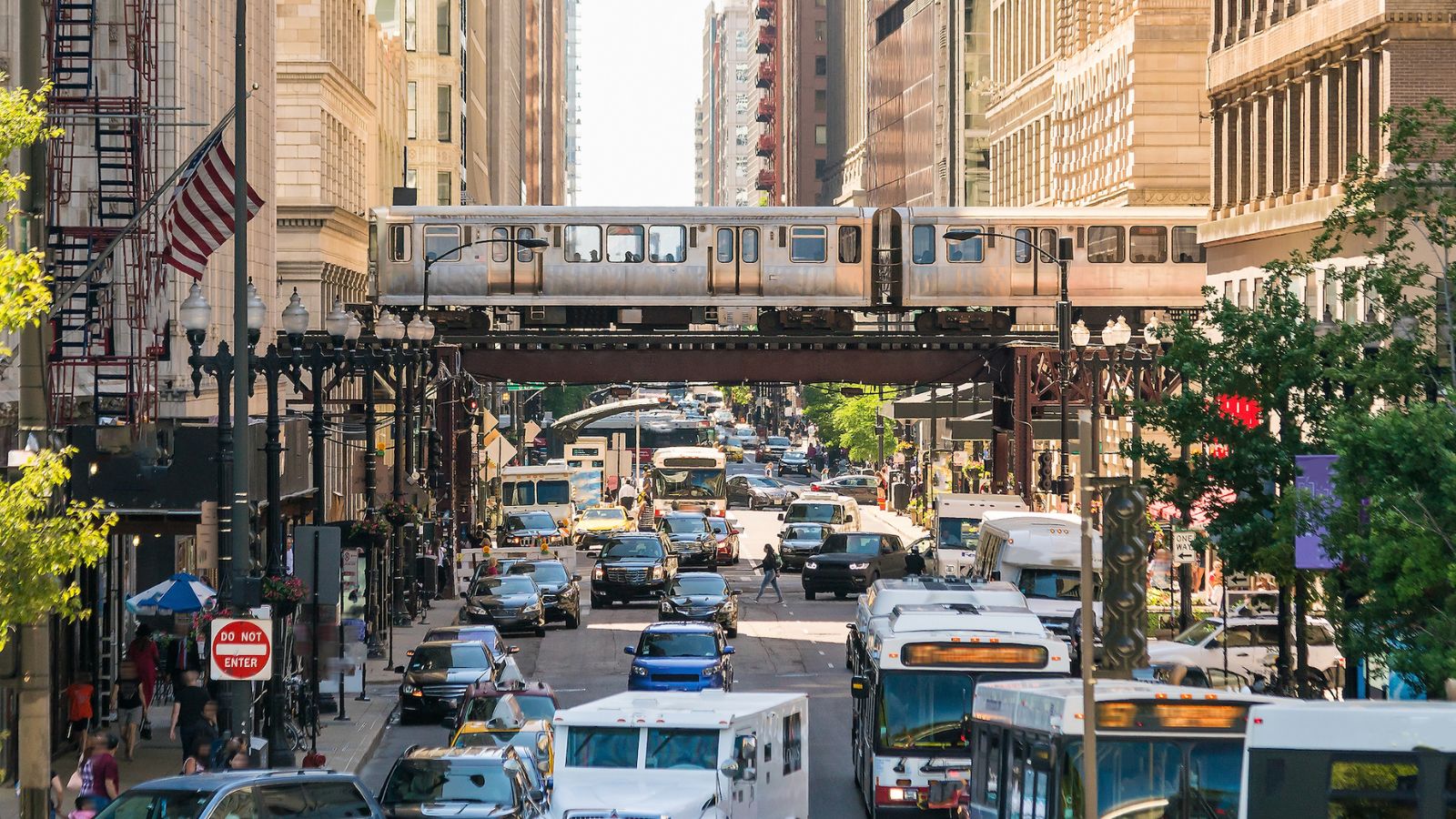
There are reports that Chicago’s annual concentration of particulate matter is over four times the recommended global levels. Chicago’s transport emissions, due to suburbanization,
have been on a worrying rise over the years, and the city’s major seaports and airports contribute to its industrial pollution.
El Paso, Texas

In El Paso, pollution is so bad that residents tell the Guardian that “you can taste it.” El Paso is a popular point of entry along the U.S. border, and the massive numbers of idling vehicles—especially trucks—are the main contributor to its pollution. The cancer risks in neighborhoods close to the border are also rated to be over the 95th percentile.
St. Louis, Missouri

Climate change is the major contributor to St. Louis’ poor air quality. Temperatures are increasing the occurrence of wildfires and floods (leaving mold), which, in turn, release more harmful particulate matter into the air. The city’s power plants are also sources of ozone pollution that residents have to deal with.
Bakersfield, California

The air in Bakersfield is particularly affected by its agricultural industry, as related activities release pesticides and dust into the air. What makes it even worse (and is the reason why Bakersfield is ranked as U.S. News’ most polluted city) is that it has a dry climate and, being a low-lying geographical area is surrounded by mountains, which trap pollutants.
Detroit, Michigan
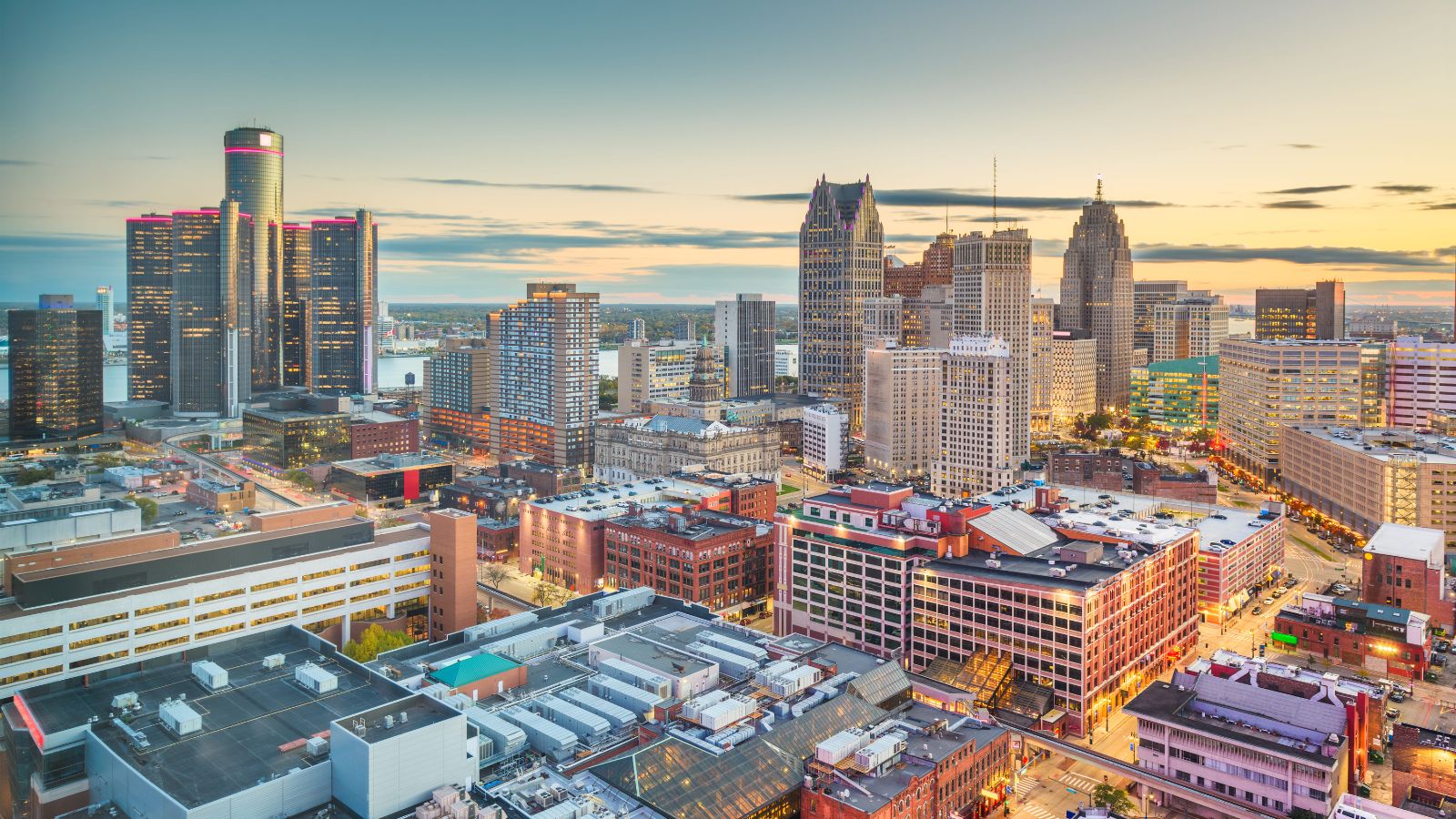
Detroit’s air problem results from its many heavy factory facilities powered by coal. Although the city is plagued with particulate matter all year, air quality gets even worse during Michigan’s ozone season between March and October. The city is also prone to smog, which is caused by cross-border wildfires in Canada.
Up Next: 19 Signs That Say You’ve Officially Entered Old Age

Old age comes for us all, though we do our best to resist it for as long as possible. But aging isn’t only gray hair, wrinkled skin, and yelling at kids to get off your lawn. Here are 19 signs you’ve realized you’re no longer the young stud you once were!
19 SIGNS THAT SAY YOU’VE OFFICIALLY ENTERED OLD AGE
17 Things That Are Too Woke For Boomers

Our society is so different from what it was decades ago, and boomers don’t like much of what everyone considers normal in today’s society. In this light, here are 17 things about ‘woke culture’ that particularly make boomers uncomfortable.
17 THINGS THAT ARE TOO WOKE FOR BOOMERS
17 Things You’re Just Too Old To Be Doing Anymore

The older you get, the more fragile you are physically and mentally, so it’s important to prioritize your well-being every day. Whether you still feel young at 50 or are closer to 80, we’ve compiled 17 things you’re too old to be doing anymore.

